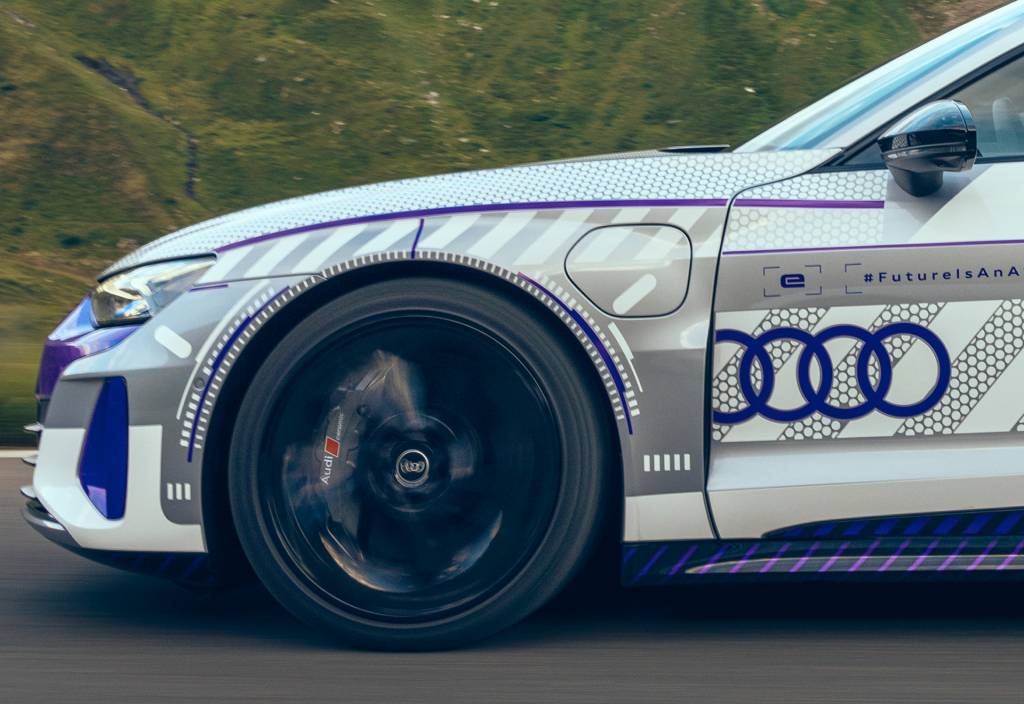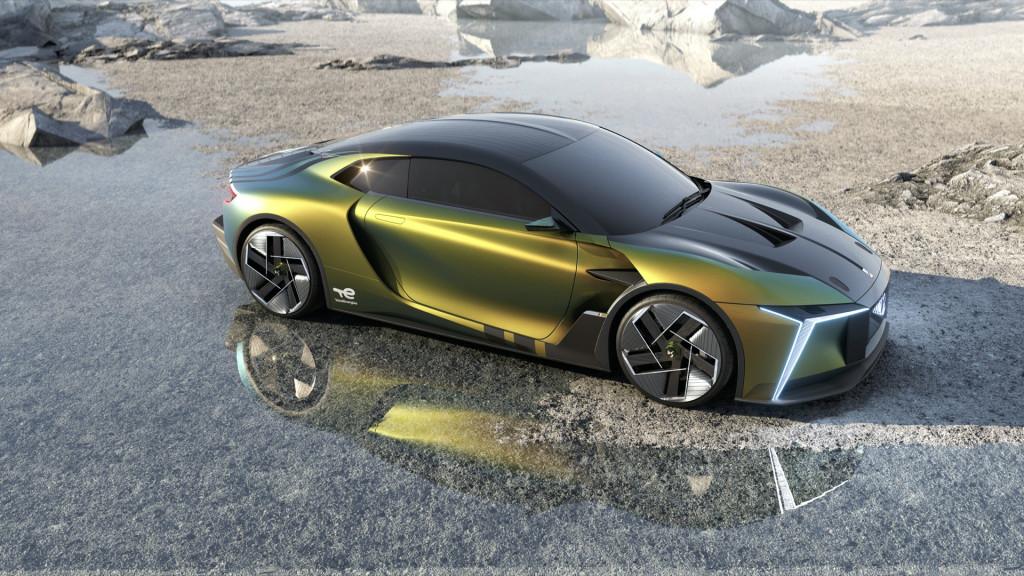As much as 80% of brake-dust particles have an electrical cost, which might function a way of controlling brake mud and enhancing air high quality, in line with a brand new research from the College of California, Irvine (through Inexperienced Automotive Congress).
The research, which was funded by charges paid by Volkswagen as a part of its 2016 diesel-emissions dishonest settlement, checked out aerosol particles emitted from brake pads as they put on. Researchers used a big lathe to spin a brake rotor and caliper, and measured the cost of the particles emitted.

2024 Audi RS E-Tron GT Ice Race Version
Whereas the extent of cost various by brake pad materials, the truth that most particles confirmed some cost makes them probably straightforward to take away from the air, in line with researchers. Particles could possibly be collected by an electrostatic precipitator, a tool that exposes the particles to an electrical area and sweeps them away, researchers declare.
EVs don’t produce tailpipe emissions, however as researchers word, emissions within the type of brake mud might turn into a bigger share of city air air pollution because the EV fleet grows. An identical argument has been made about particulate emissions from tires. One research instructed that emissions from tires and brakes could also be increased than that from tailpipes.

DS E Tense Efficiency prototype
These types of emissions are additionally an environmental justice situation, UC Irvine researchers word, as lower-income communities are inclined to bear the brunt of heavy industrial site visitors arteries.
EVs do not use their friction brakes as a lot as internal-combustion vehicles due to regenerative braking, however once they do, their increased weight might result in extra brake mud, which has pushed the European Union to control it. Then again, no less than one engineering idea has instructed that EVs might make friction pads historical past—or no less than the backup tech—someday sooner or later.